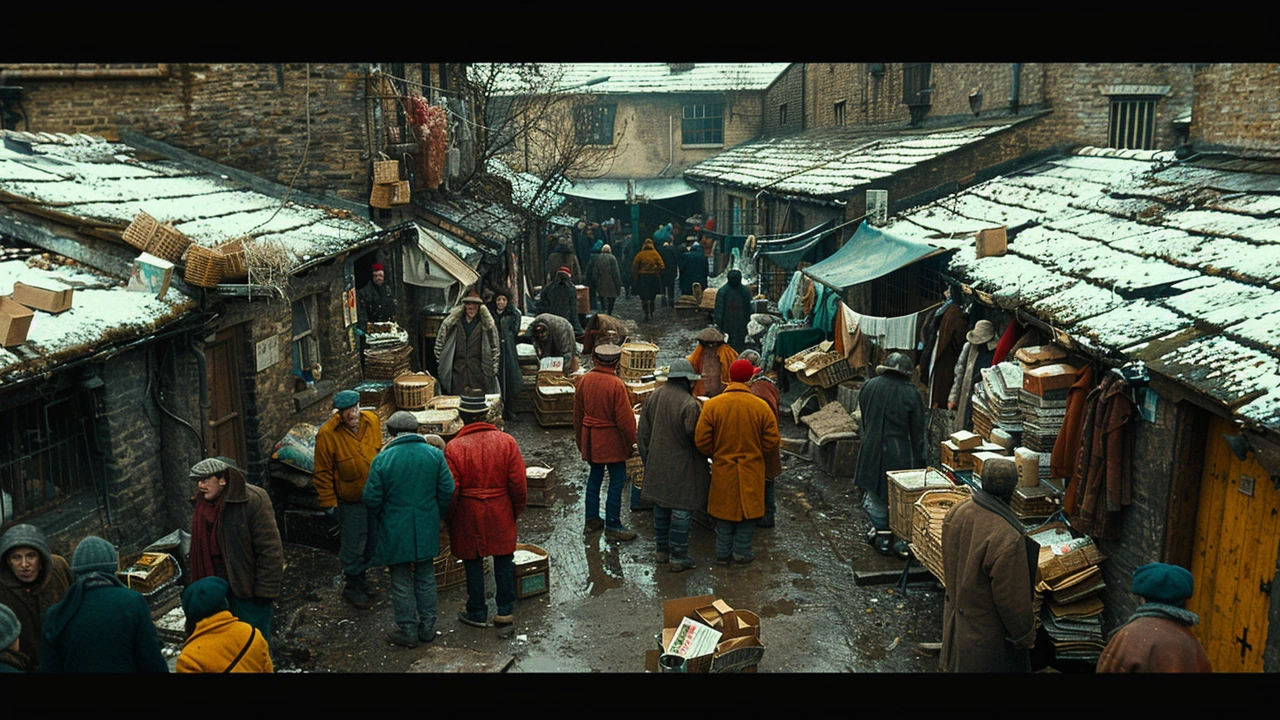Anti‑Art: Why some artists refuse to play by the rules
What if art wasn't about skill or beauty but about pushing limits, asking awkward questions, and using everyday things as art? That's what anti‑art is: a pushback against what people expected art to be. It can feel rude, playful, political, or just odd — and that's the point. Read this to learn how anti‑art shows up, how to spot it, and how to use its ideas in your own creative life.
What anti‑art looks like
Anti‑art appears in lots of forms. Sometimes it's performance, where the audience becomes part of the piece — see the two Fluxus articles on this site for examples. Other times it uses found objects or everyday tasks turned into statements, like installation art that fills a room and forces you to react. Movements such as Constructivism and Futurism treated design and function as political statements, which is another flavor of anti‑art: it rejects pure decoration.
Anti‑art also twists established styles to make a point. Primitivism questioned Western ideas of progress by borrowing from non‑Western art. Cubism and Bauhaus broke image and object down into new rules instead of following the old ones. Those shifts changed how creators think about form, function, and meaning — and you can trace that in posts like "Constructivism Art’s Influence on Modern Culture" and "Bauhaus Modernism: How Bauhaus Design Changed Art, Architecture, and Everyday Life."
How to spot it and try it yourself
If you want to spot anti‑art, look for surprise, rule‑breaking, or work that feels unfinished or intentionally awkward. Ask: is the point to make something beautiful, or to make me question something? Installation pieces and Fluxus events often aim to confuse or involve the viewer. Read "Installation Art: Evolution, Techniques, and Famous Works Explained" to see how artists use space as the subject.
Want to try anti‑art? Start small. Use a found object and give it a new title. Stage a short, unexpected performance in your living room. Try a decor experiment inspired by "Avant‑Garde Home Décor" — swap one predictable item for something strange and see how it changes the room's meaning. If you paint, break your process: limit colors, hide parts of the canvas, or work in silence. These moves force new choices, which is what anti‑art celebrates.
Anti‑art isn't a single style — it's an attitude. It changed major movements and pushed artists to rethink what art can do. If you want concrete examples and deeper reads, check the Fluxus and Installation Art pieces, then compare them with articles on Bauhaus or Constructivism to see how broken rules turned into lasting design ideas. Try an experiment this week: steal one rule from your usual creative process and flip it. You might hate the result — or you might find something you didn't know you needed.

